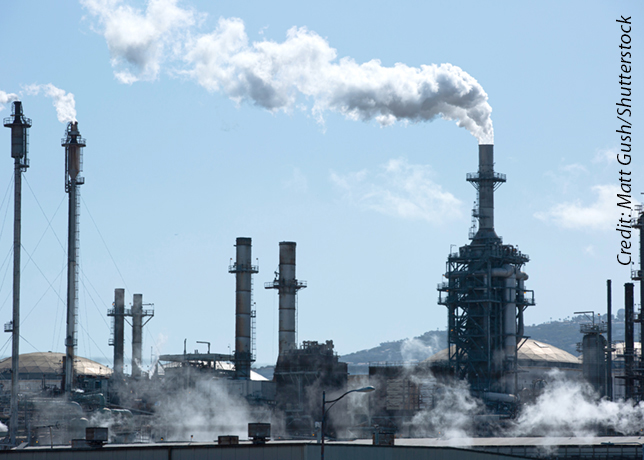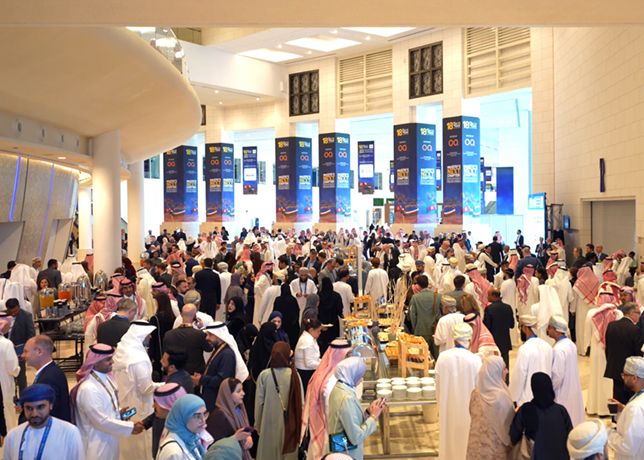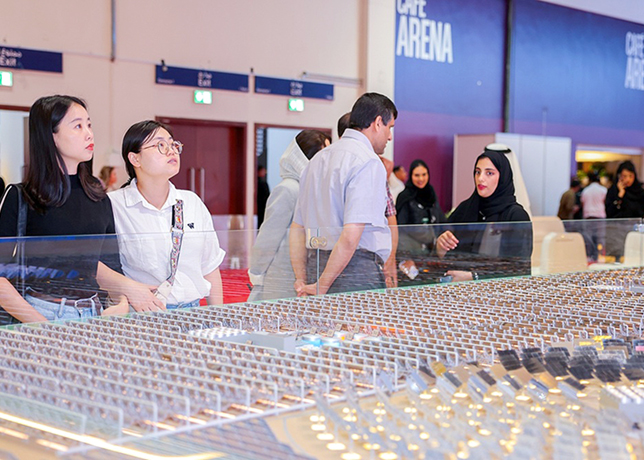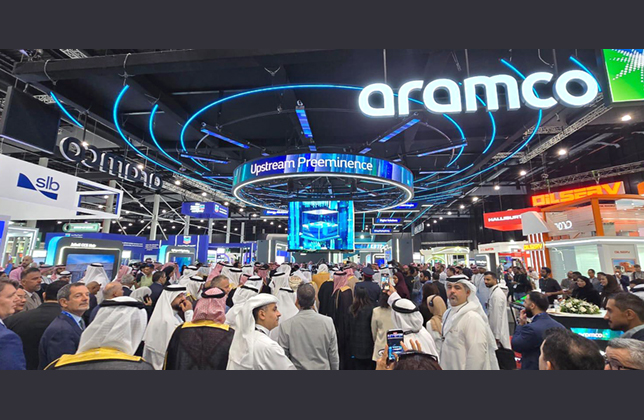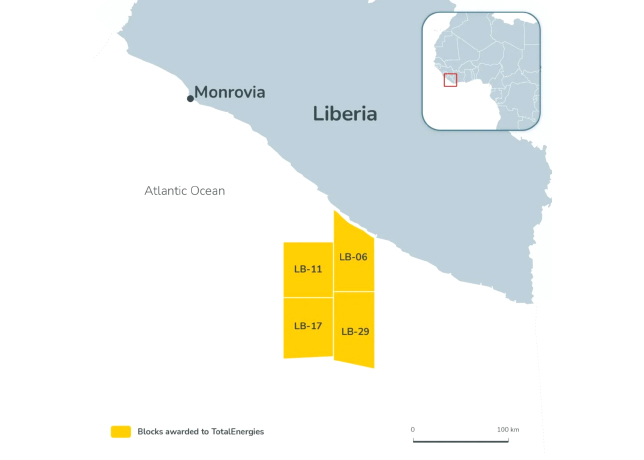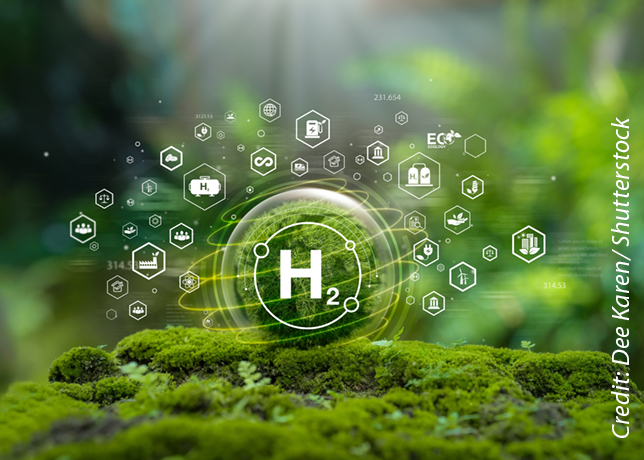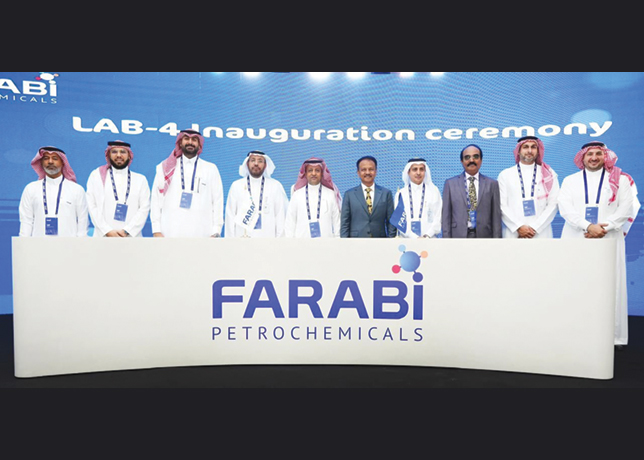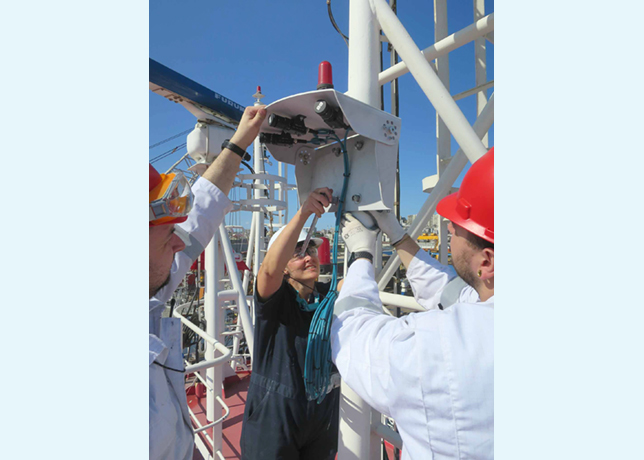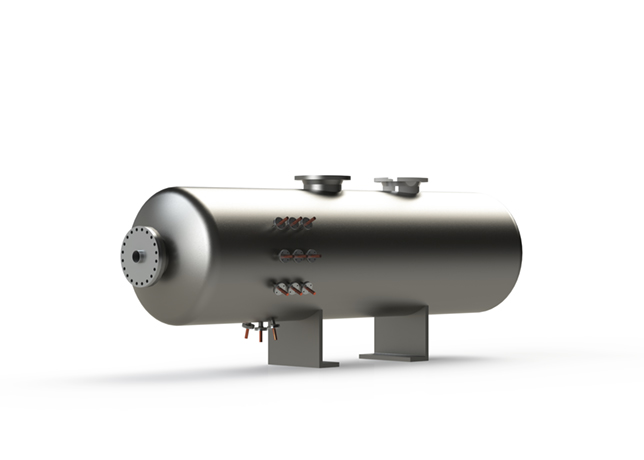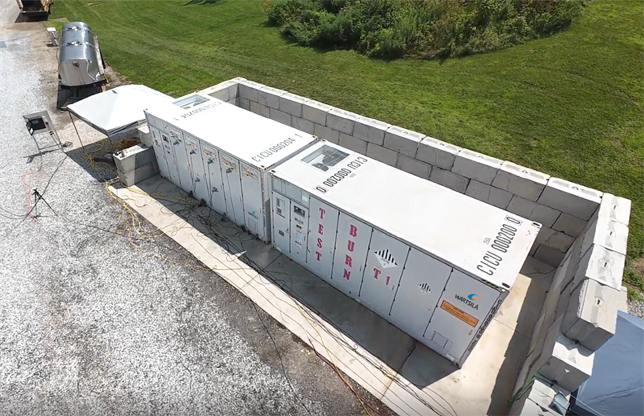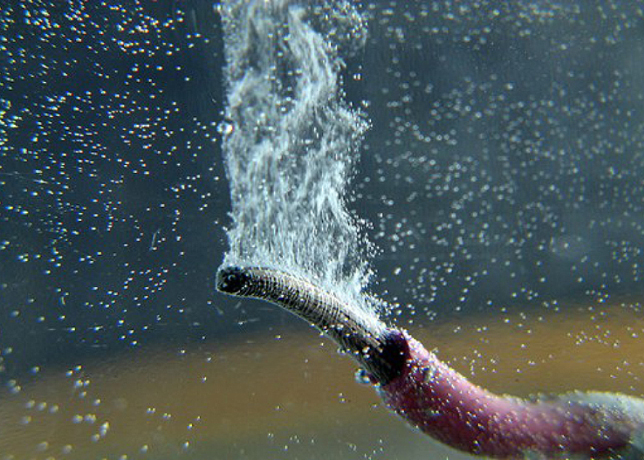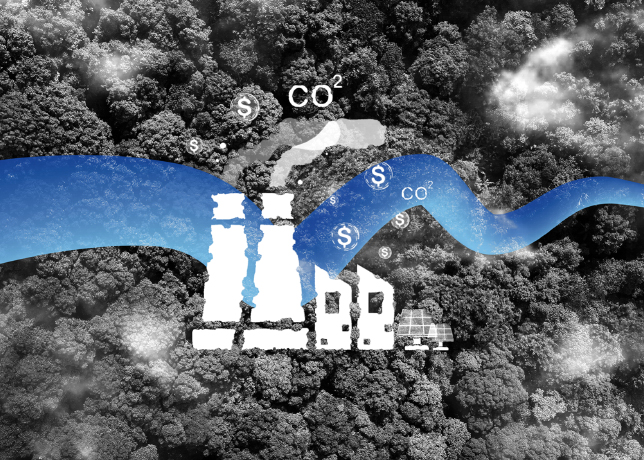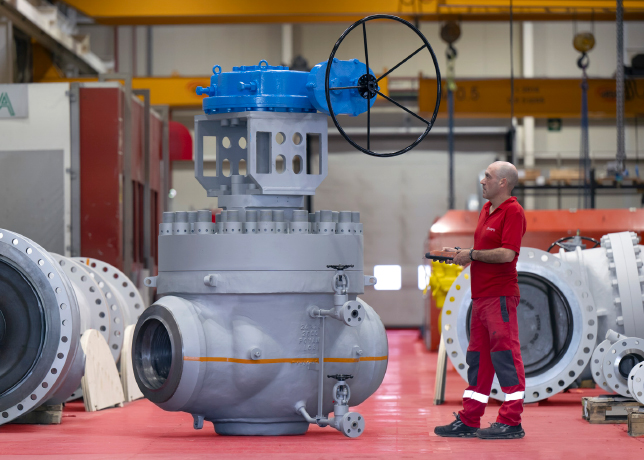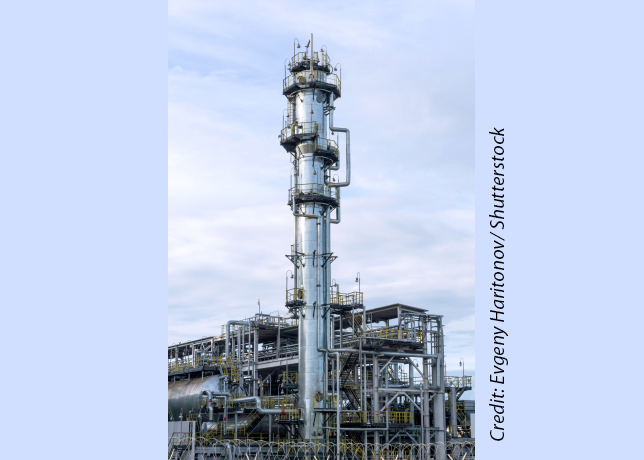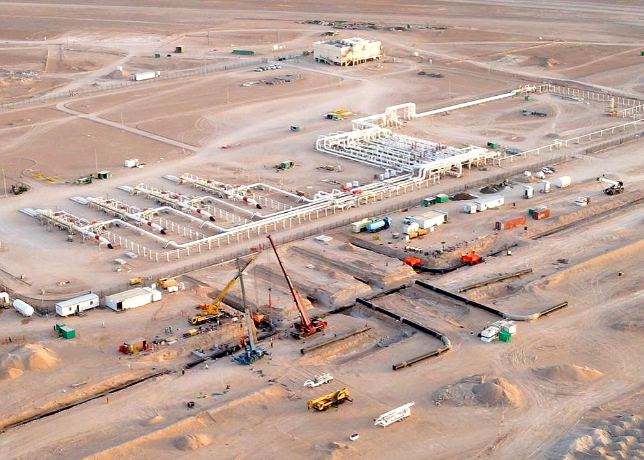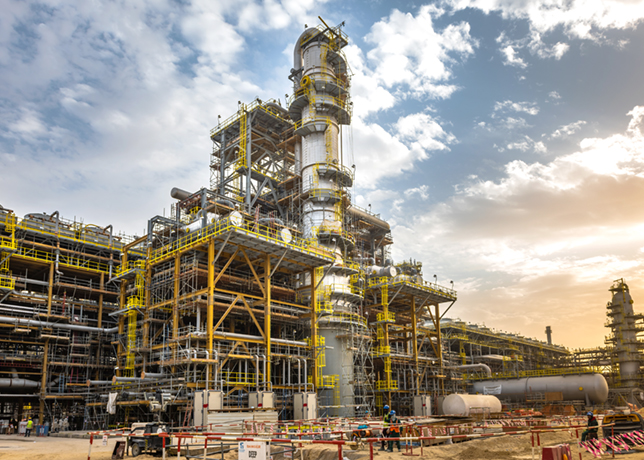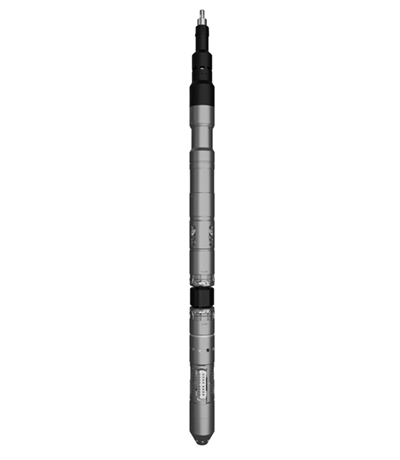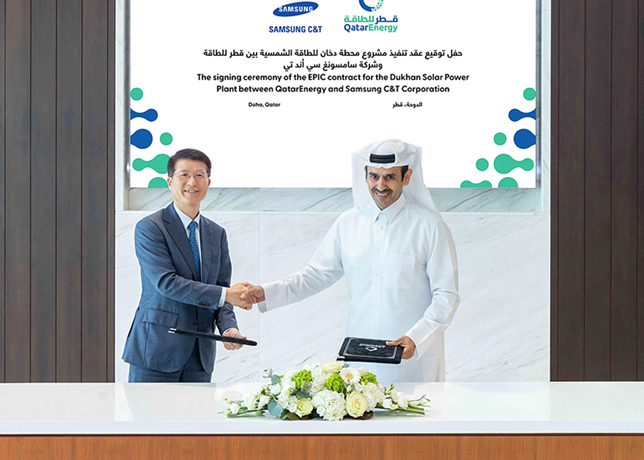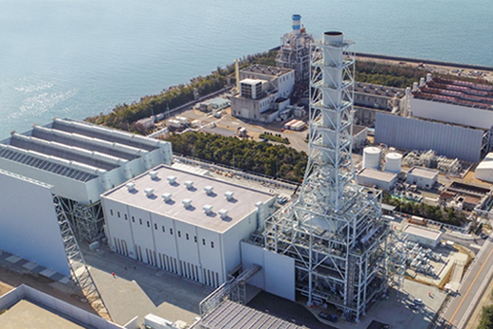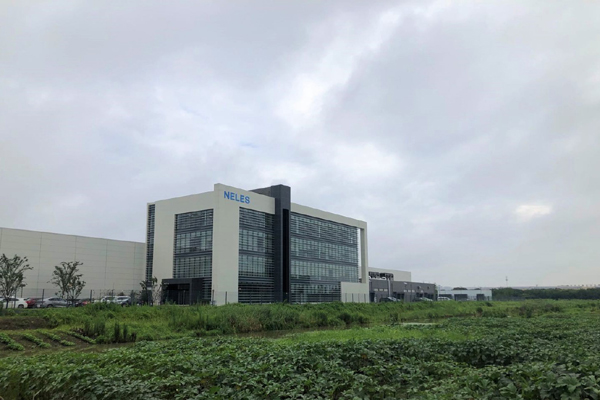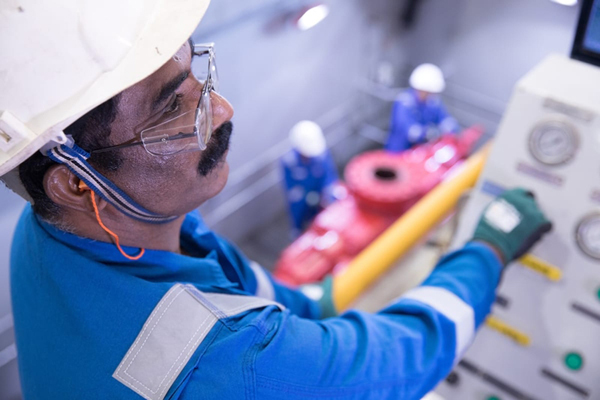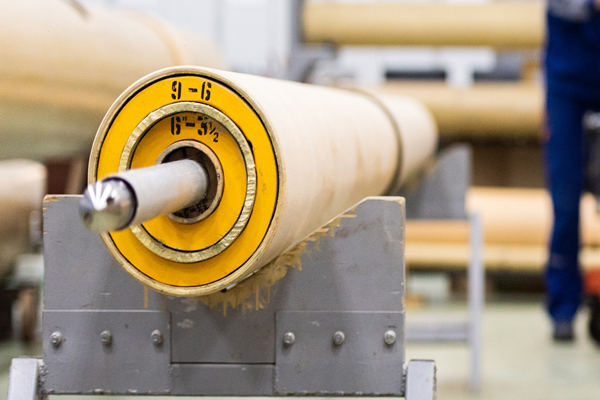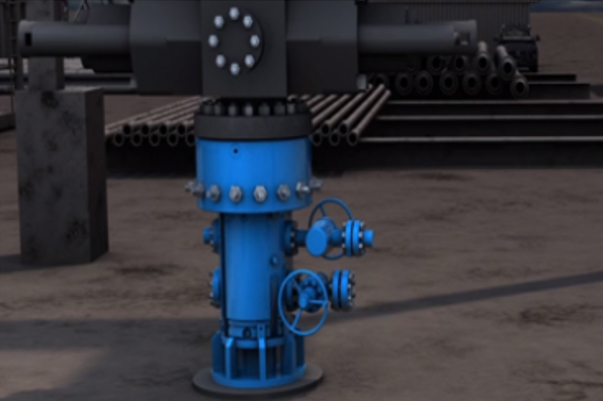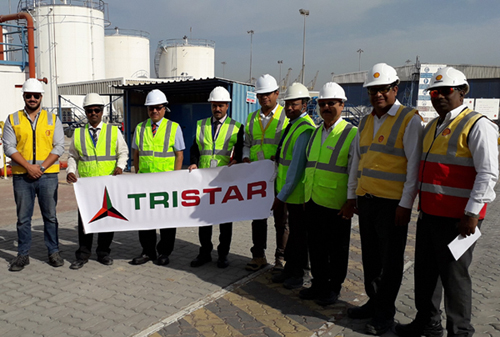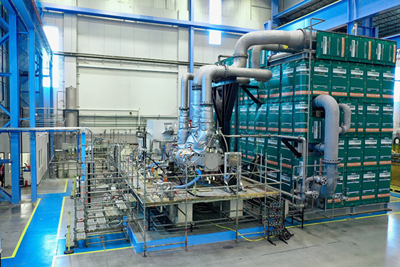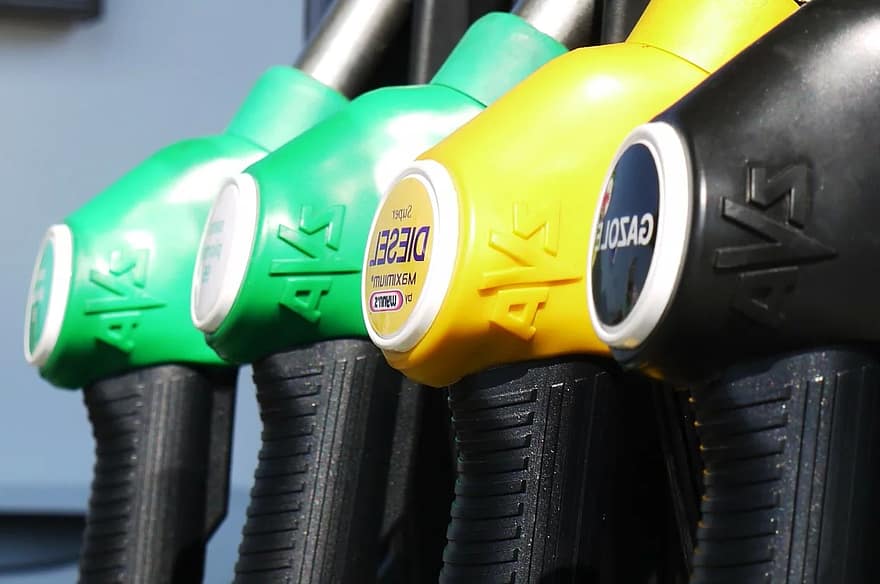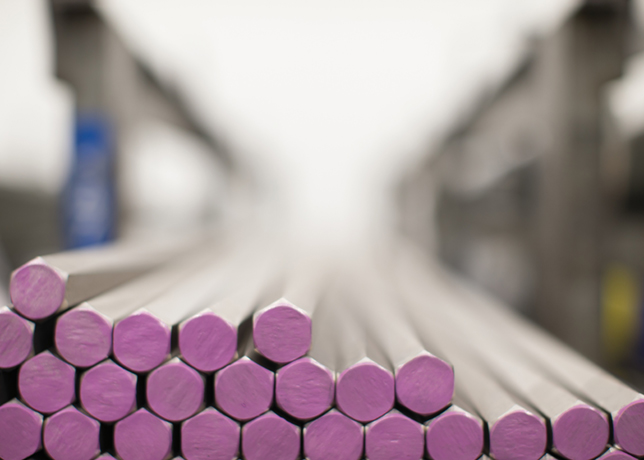
 The global demand for sustainable corrosion inhibitors is rising, with the Middle East at the forefront of practical applications
The global demand for sustainable corrosion inhibitors is rising, with the Middle East at the forefront of practical applications
By harnessing nature’s bounty, such as plant extracts, bio-based compounds, and innovative nanotechnologies, vital infrastructure could be protected without compromising environmental integrity, and the Middle East is poised to lead this green revolution
In an era where environmental consciousness drives innovation, sustainable corrosion inhibitors are emerging as vital solutions to protect metals while minimising ecological harm.
Corrosion, the natural degradation of metals through electrochemical reactions with their environment, poses significant challenges across industries, from oil and gas to construction.
Traditional inhibitors, often laden with toxic chemicals like chromium, have been effective but environmentally detrimental.
The shift towards green alternatives, particularly plant-based extracts, offers a promising path to balance industrial needs with sustainability.
THE SCIENCE OF GREEN CORROSION INHIBITION
Corrosion inhibitors are substances applied in small quantities to metal surfaces or corrosive media to reduce degradation.
Historically, toxic compounds dominated this field, but recent research has pivoted towards eco-friendly alternatives derived from natural sources.
Plant extracts, rich in phytochemicals like flavonoids, phenols, and alkaloids, have shown remarkable efficacy in protecting metals such as steel, copper, and aluminium.
These compounds work by adsorbing onto metal surfaces, forming protective films that block reactive sites.
The Langmuir adsorption model, which describes a monolayer adsorption process, is commonly observed, with electron-rich heteroatoms (nitrogen, oxygen) facilitating chemisorption, while polar regions drive physisorption.
A 2020 review by Miralrio and Vazquez highlights the efficacy of plant extracts, noting inhibition efficiencies often exceeding 80-90 per cent for metals like mild steel in aggressive media such as 1 M HCl.
Extracts from plants like Eucalyptus, green tea, and Rosa canina have demonstrated mixed-type inhibition, simultaneously mitigating anodic and cathodic reactions.
The choice of extraction solvent (water, methanol, or ethanol) significantly impacts performance, with polar solvents like methanol often yielding higher concentrations of active compounds.
Temperature and immersion time also play critical roles, with some extracts, like those from tobacco rob, achieving up to 83.9 per cent efficiency at elevated temperatures due to enhanced chemisorption.
Beyond plant extracts, innovative approaches are emerging.
Recent studies from 2025, reported by ScienceDirect, explore bio-based inhibitors like chitosan derivatives and ionic liquids, which offer biodegradability and low toxicity.
These advancements align with global sustainability goals, reducing reliance on hazardous chemicals while maintaining high inhibition efficiencies.
Theoretical tools, such as density functional theory (DFT) and molecular dynamics, further enhance understanding of inhibitor-metal interactions, enabling the design of tailored solutions for specific corrosive environments.
REGIONAL INNOVATIONS & CHALLENGES
The Middle East, with its robust industrial sectors, is a key region for adopting sustainable corrosion inhibitors. In Iraq, research by Al-Amiery and colleagues, published in 2024 in the Ain Shams Engineering Journal, underscores the potential of sustainable inhibitors in protecting oil and gas infrastructure.
The harsh environmental conditions of Iraq, including high salinity and temperature extremes, necessitate robust corrosion protection.
Plant-based inhibitors, such as those derived from Tamarindus indiaca, have shown up to 96 per cent efficiency in 3.5 per cent NaCl solutions, relevant to Iraq’s seawater-exposed pipelines.
These inhibitors, combined with zinc-modified graphene oxide nanocarriers, form protective layers that mitigate corrosion in saline environments, a critical advancement for Iraq’s oil industry.
In Saudi Arabia, the focus is on desalination plants, where corrosion in carbon steel components is a persistent issue.
A 2025 study from the Saudi Journal of Engineering highlights Taraxacum officinale (dandelion) extract achieving 94.3 per cent inhibition efficiency in seawater conditions.
This is particularly relevant for Saudi Arabia’s extensive desalination infrastructure, which faces constant exposure to chloride-rich environments.
Similarly, in the UAE, research into self-healing coatings incorporating plant extracts is gaining traction, with the potential to extend the lifespan of marine and construction materials.
However, challenges persist. Regulatory compliance, as noted in the 2024 Ain Shams study, remains a hurdle due to varying standards across Middle Eastern countries.
Iraq, for instance, lacks unified regulations for green inhibitors, complicating their adoption in industries like oil refining.
Stringent requirements in Qatar and Kuwait, aligned with global environmental standards, demand rigorous testing, increasing costs.
Additionally, the limited availability of locally sourced, environmentally friendly inhibitors poses a barrier, particularly in Oman, where reliance on imported solutions drives up expenses.
Environmental factors, such as high humidity in coastal regions like Dubai, further complicate inhibitor performance, necessitating tailored formulations.
Despite these challenges, opportunities abound. The Middle East’s push towards sustainability, driven by initiatives like Saudi Vision 2030, encourages investment in green technologies.
Collaborative efforts between industry and government, as seen in Bahrain’s research incentives, are fostering innovation.
For example, a 2025 report from the Gulf Research Center highlights ongoing projects to develop nanomaterial-based inhibitors, which promise enhanced durability and eco-friendliness.
These advancements could position the region as a leader in sustainable corrosion control, with applications extending to global markets.
The path forward involves addressing variability in inhibitor performance. Environmental conditions, material compatibility, and formulation dynamics significantly influence efficacy.
A 2025 study from Corrosion Science illustrates this with a comparison of two inhibitors: one performed well in controlled settings but faltered in humid, pollutant-rich environments, underscoring the need for real-world testing.
Strategies like real-time monitoring and predictive modelling, as suggested by recent research, can mitigate these issues, ensuring consistent protection across diverse conditions.
The global demand for sustainable corrosion inhibitors is rising, with the Middle East at the forefront of practical applications.
Continued research into advanced materials, such as smart coatings and self-healing mechanisms, is crucial.
In Jordan, experiments with olive leaf extracts have shown promise, achieving 91.9 per cent efficiency in alkaline environments, relevant for construction materials.
These efforts, combined with interdisciplinary collaborations and robust regulatory frameworks, will drive the adoption of green inhibitors, safeguarding infrastructure while preserving ecosystems.
As industries worldwide strive for sustainability, sustainable corrosion inhibitors offer a beacon of hope.
By harnessing nature’s bounty, such as plant extracts, bio-based compounds, and innovative nanotechnologies, these solutions protect vital infrastructure without compromising environmental integrity.
The Middle East, with its unique challenges and opportunities, is poised to lead this green revolution, ensuring a resilient, eco-conscious future for generations to come.
REFERENCES
• Miralrio, A, & Vazquez, A E (2020). Plant Extracts as Green Corrosion Inhibitors for Different Metal Surfaces and Corrosive Media: A Review. Processes, 8(8), 942.
• Al-Amiery, A, et al (2024). Ain Shams Engineering Journal, 15, 102672.
• ScienceDirect (2025). Recent Advances in Bio-Based Corrosion Inhibitors.
• Saudi Journal of Engineering (2025). Taraxacum officinale Extract for Desalination Applications.
• Gulf Research Center (2025). Nanomaterial-Based Corrosion Inhibitors in the Middle East.
• Corrosion Science (2025). Variability in Sustainable Inhibitor Performance.
By Abdulaziz Khattak



















